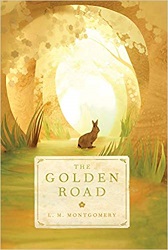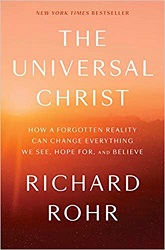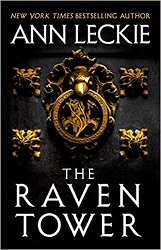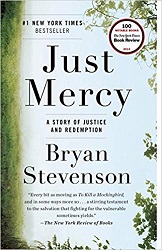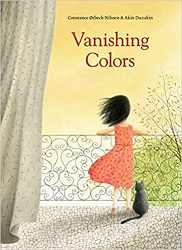Review of Histories of the Transgender Child, by Julian Gill-Peterson
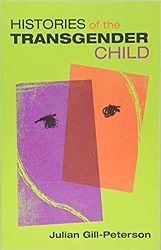 Histories of the Transgender Child
Histories of the Transgender Child
by Julian Gill-Peterson
University of Minnesota Press, 2018. 262 pages.
Review written August 9, 2019, from a library book
This book is dense and written for academics, and it took me a long time to read. However, what I could understand was fascinating.
The big point of this book is that there’s a false narrative circulating that transgender children are some kind of new phenomenon. The author looks at medical histories of transgender children throughout the twentieth century, which was when medical science began getting involved in sex organs and hormones. We learn about attitudes toward transgender children and attempts to “cure” them or force them into preconceived ideas of what they should be.
Here’s a section from the Introduction:
Yet an even more fundamental assumption about trans children that floats this contrast has yet to be challenged: that they are, in fact, new and future-bound. The narrative that we are in the midst of the first generation of trans children is so omnipresent as to be ambient. It is repeated ad nauseam in the media, online, by doctors, and by parents. Trans children, these various gatekeepers say in unison, have no history at all. Trans children are unprecedented and must be treated as such, with caution or awe. What happens if this consensus turns out to be baseless? The bleached and medicalized image of the trans child circulating as unprecedented in the twenty-first century is actually prefaced by an entire century of trans children, including black trans children and trans children of color. And trans children played a decisive role in the medicalization of sex and gender, rather than being its newest objects. These are two of the key ruptures that Histories of the Transgender Child uncovers. If the contrasting effect of contemporary figurations of black trans and trans of color life, placed next to trans childhood, is so damaging in its staging of an antinomy between negativity and futurity, this book argues that the twentieth century provides a surprising archive of trans childhood that undoes them from the inside.
Histories of the Transgender Child rewrites the historical and political basis for the supposed newness of today’s generation of trans kids by uncovering more than a century of what came before them. From the 1910s, children with “ambiguous” sex were medicalized and experimented upon by doctors who sought in their unfinished, developing bodies a material foothold for altering and, eventually, changing human sex as it grew. In the 1930s, some of the first trans people to seek out American doctors connected their requests for medical support to reports that “sex changes” on children were being regularly performed at certain hospitals. In the 1940s and 1950s, five decades of experimental alteration of children’s sex directly led to the invention of the category gender, setting the stage for the emergence of a new field of transsexual medicine and the postwar model of binary transition. And in the 1960s and 1970s, as that field of medicine became institutionalized, many children took hormones, changed their names, attended school recognized in their gender identities, and even underwent gender confirmation surgeries. Trans children not only were present but also were an integral part of the transgender twentieth century and the broader twentieth-century history of sex, gender, and race in medicine.
The material is dense, academic, and full of detail from medical records. This isn’t for everyone curious about the history of transgender children. I did wade through it and understood some of it. After that process, here are some thoughts that stuck with me:
Transgender children are not new. When medical science began to have a way to get their bodies to match their gender identity, that’s when they made themselves known, in hopes of getting treatment. But that wasn’t when they began to exist.
There are a hugely wide range of intersex conditions. Some of them are life threatening, which is why medical science began to get involved in sex and gender. Medical procedures used on intersex children then were requested by transgender people, and children were seen as the perfect object of study.
These stories made utterly clear that gender isn’t nearly as binary as we’d like it to be. If intersex children exist for a wide variety of medical reasons (and they do), it’s not logical to doubt the legitimacy of transgender children, who may be transgender for a physical reason in their brains that we can’t see.
I also have a better realization that for decades, doctors tried to “cure” transgender children. The truth is, it did not work. If being transgender could be changed, the folks in the twentieth century surely would have figured out how to do it. They gave it prodigious effort.
And this brings us to one of the main conclusions of this book:
Histories of the Transgender Child asks us to turn against and away from figurative thinking about trans children in general. Trans children must no longer bring us to some new knowledge of trans life or sex and gender, making them a means to some other abstract end. Rather, through the twentieth-century history of the chapters that follow I propose an ethical relation that calls upon adults to stop questioning the being of trans children and affirm instead that there are trans children, that trans childhood is a happy and desired form – not a new form of life and experience but one richly, beautifully historical and multiple.
Transgender children exist. Transgender adults exist. Medical doctors have been studying gender for more than a century. Gender as it occurs in humans is nowhere near as binary as some would like to think it is. Transgender people do not need to be “cured.” Those who believe medical treatment will improve their lives should be allowed to get it without stigma.
This book isn’t for everyone and is definitely not light reading. But if you’re curious about the history of how transgender children interacted with the medical profession and how attitudes toward them changed, this book is an valuable resource.
Find this review on Sonderbooks at: www.sonderbooks.com/Nonfiction/histories_of_the_transgender_child.html
Disclosure: I am an Amazon Affiliate, and will earn a small percentage if you order a book on Amazon after clicking through from my site.
Disclaimer: I am a professional librarian, but I maintain my website and blogs on my own time. The views expressed are solely my own, and in no way represent the official views of my employer or of any committee or group of which I am part.
What did you think of this book?
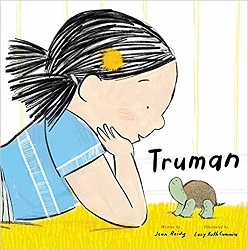
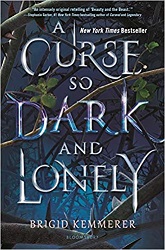
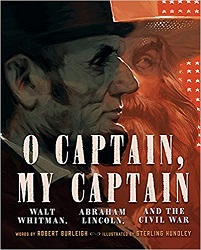 O Captain, My Captain
O Captain, My Captain